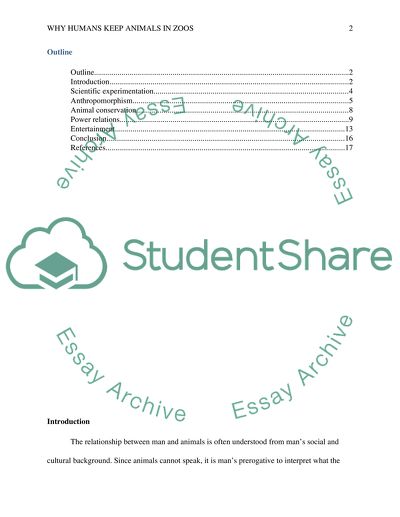Cite this document
(“Why do humans keep animals in zoos and what sociological explanations Essay”, n.d.)
Why do humans keep animals in zoos and what sociological explanations Essay. Retrieved from https://studentshare.org/sociology/1494982-why-do-humans-keep-animals-in-zoos-and-what
Why do humans keep animals in zoos and what sociological explanations Essay. Retrieved from https://studentshare.org/sociology/1494982-why-do-humans-keep-animals-in-zoos-and-what
(Why Do Humans Keep Animals in Zoos and What Sociological Explanations Essay)
Why Do Humans Keep Animals in Zoos and What Sociological Explanations Essay. https://studentshare.org/sociology/1494982-why-do-humans-keep-animals-in-zoos-and-what.
Why Do Humans Keep Animals in Zoos and What Sociological Explanations Essay. https://studentshare.org/sociology/1494982-why-do-humans-keep-animals-in-zoos-and-what.
“Why Do Humans Keep Animals in Zoos and What Sociological Explanations Essay”, n.d. https://studentshare.org/sociology/1494982-why-do-humans-keep-animals-in-zoos-and-what.


